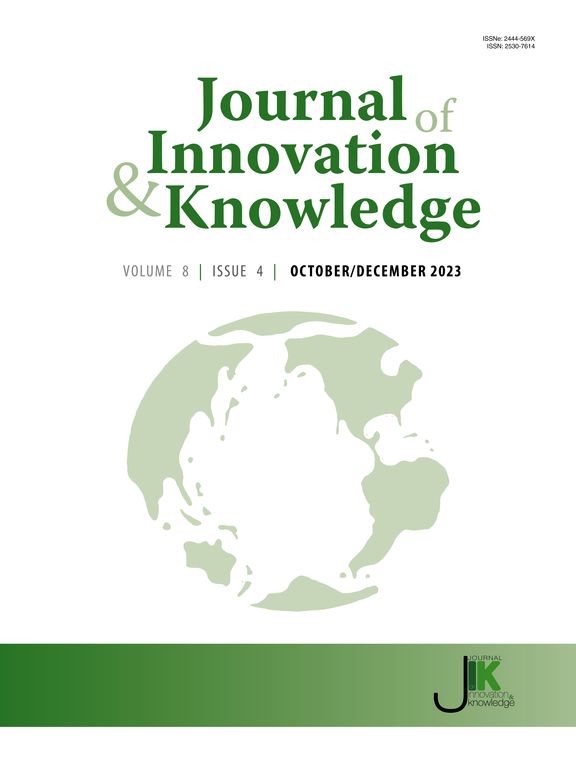运用数据扩充中的知识转移提高企业家网络广告绩效
IF 15.5
1区 管理学
Q1 BUSINESS
引用次数: 0
摘要
人工智能(AI)正在改变企业的运营方式,使企业家能够实现曾经只有大公司才能实现的诊断。这种转变在数字广告中表现得很明显,人工智能不仅能够实现高级分析,还提供了以低成本开发创意设计的可能性。然而,这一技术进步与未来几年在线广告增长放缓的预测形成了鲜明对比。因此,企业家必须改变他们的战略,以克服竞争对手的防御地位。本研究提出将人工智能分析算法(XGBoost)与数据增强算法(SMOTE)相结合,以提高发起在线传播活动时的目标准确性。具体来说,一个案例研究说明了一家领先收集公司如何使用这些算法来分析五个细分市场(助听器、非政府组织、能源分销商、电信和金融)。随后,对其中一种产品太阳能电池板进行了实地试验,以评估外部有效性。结果表明,两种算法的结合提高了5个产品中的4个产品的内部有效性,现场实验证实了能源产品的外部有效性。最后,向企业家提出了使用这些工具的建议。本文章由计算机程序翻译,如有差异,请以英文原文为准。
Applying knowledge transfer in data augmentation to improve online advertising performance of entrepreneurs
Artificial intelligence (AI) is transforming the way businesses operate, enabling entrepreneurs to achieve diagnoses that were once only possible for large companies. This transformation is evident in digital advertising, where AI not only enables advanced analytics, but also offers the possibility of developing creative designs at low cost. However, this technological progress contrasts with predictions of a slowdown in online advertising in the coming years. Thus, entrepreneurs must change their strategies to overcome the defensive positions of competitors. This study proposes the combination of AI analytical algorithms (XGBoost) with data augmentation algorithms (SMOTE) to improve targeting accuracy when launching online communication campaigns. Specifically, a case study illustrates how a lead-gathering company uses these algorithms to profile five market segments (hearing aids, NGOs, energy distributors, telecommunications and finance). Subsequently, a field experiment was conducted with one of the products, solar panels, to assess external validity. The results reveal that the combination of both algorithms improves internal validity for four of the five products, and the field experiment confirms the external validity of the energy product. Finally, recommendations on the use of these tools are proposed to entrepreneurs.
求助全文
通过发布文献求助,成功后即可免费获取论文全文。
去求助
来源期刊

Journal of Innovation & Knowledge
Multiple-
CiteScore
16.10
自引率
12.70%
发文量
118
审稿时长
37 days
期刊介绍:
The Journal of Innovation and Knowledge (JIK) explores how innovation drives knowledge creation and vice versa, emphasizing that not all innovation leads to knowledge, but enduring innovation across diverse fields fosters theory and knowledge. JIK invites papers on innovations enhancing or generating knowledge, covering innovation processes, structures, outcomes, and behaviors at various levels. Articles in JIK examine knowledge-related changes promoting innovation for societal best practices.
JIK serves as a platform for high-quality studies undergoing double-blind peer review, ensuring global dissemination to scholars, practitioners, and policymakers who recognize innovation and knowledge as economic drivers. It publishes theoretical articles, empirical studies, case studies, reviews, and other content, addressing current trends and emerging topics in innovation and knowledge. The journal welcomes suggestions for special issues and encourages articles to showcase contextual differences and lessons for a broad audience.
In essence, JIK is an interdisciplinary journal dedicated to advancing theoretical and practical innovations and knowledge across multiple fields, including Economics, Business and Management, Engineering, Science, and Education.
 求助内容:
求助内容: 应助结果提醒方式:
应助结果提醒方式:


